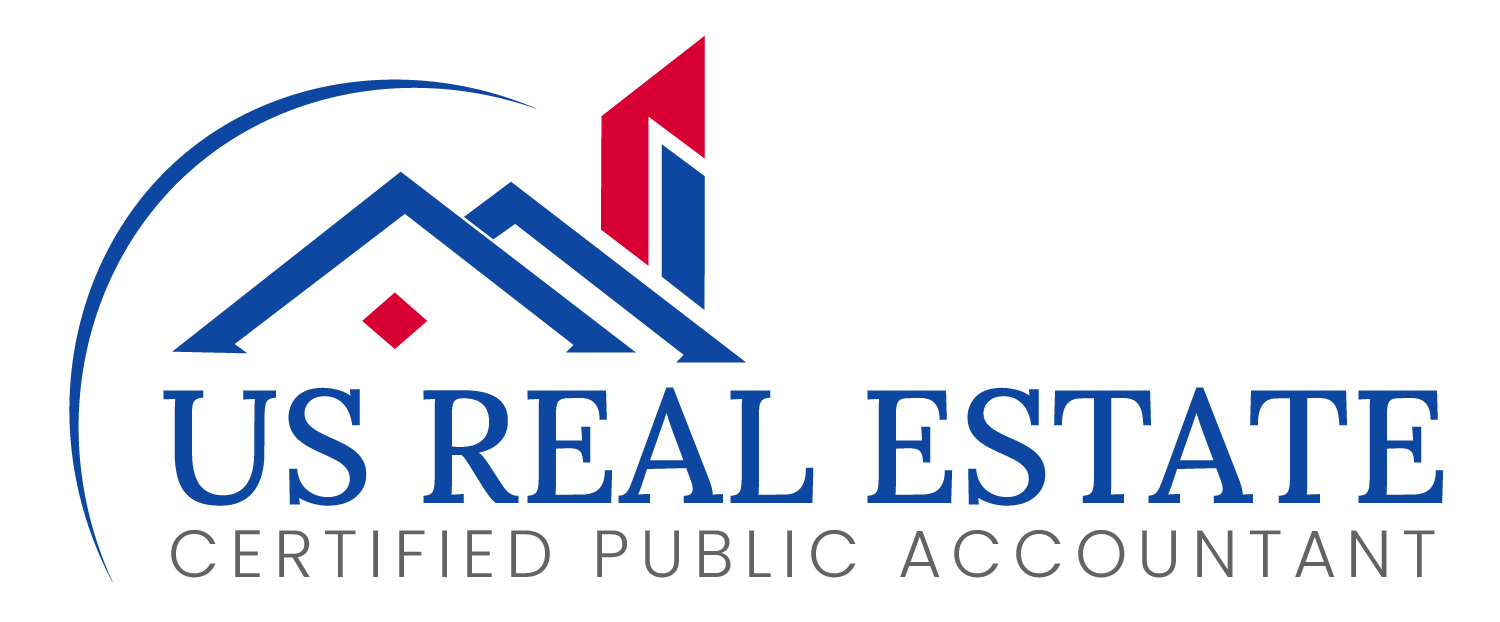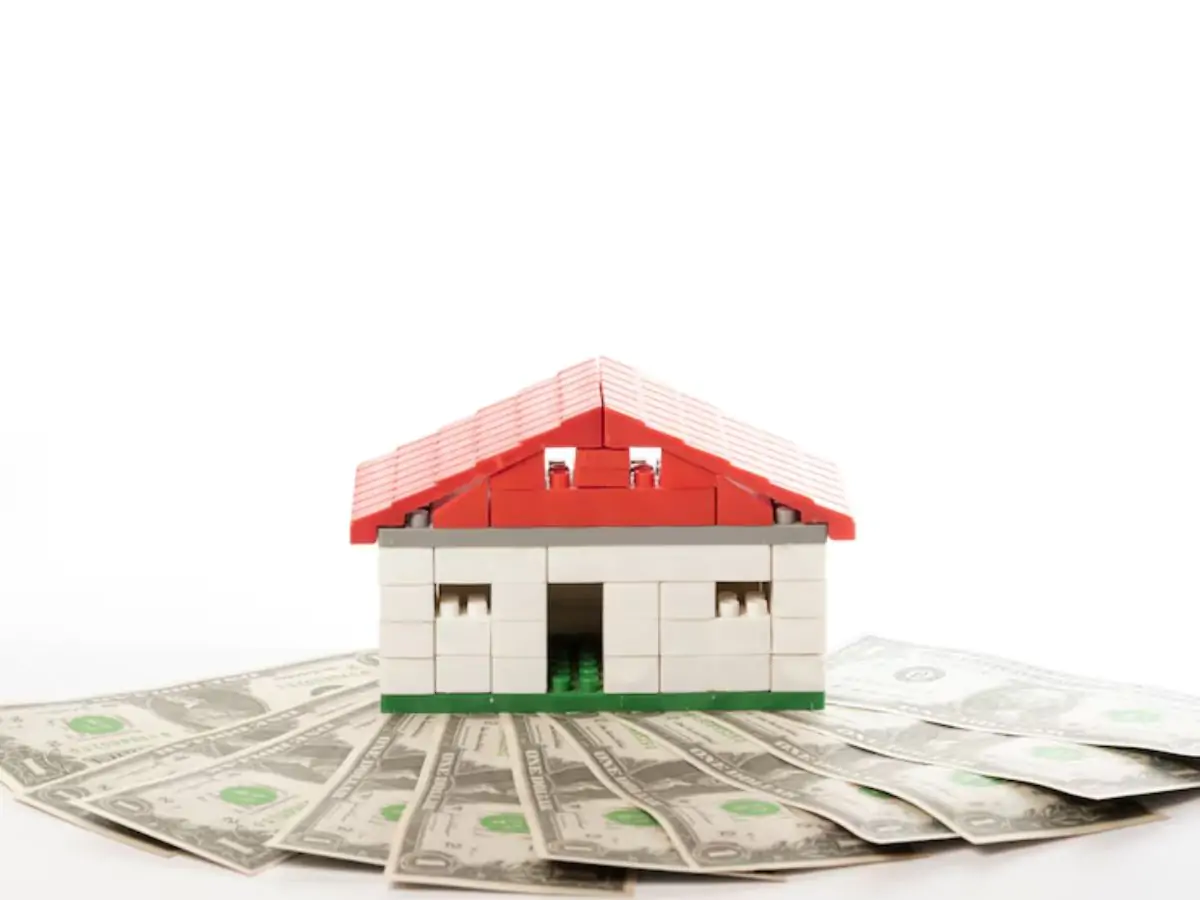
A Guide to Refinancing Your Mortgage When the Time Is Right
Buying a house usually means decades of monthly payments to a bank. But a little-known secret is that your mortgage terms aren’t set in stone. In fact, trading your current rate for a better one could save you thousands if only you play your cards right.
The old real estate saying, “Date the mortgage rate and marry the house,” hits home for anyone taking out a loan these days. Since the nostalgic era of sub-3% interest rates ended in 2022, borrowing costs have rocketed owing to the Federal Reserve hiking interest rates to tame inflation. The sudden shift left many would-be buyers on the sidelines but with expected rate cuts—and the Federal Reserve under pressure to ease up on tariff threats—some hopeful homeowners are looking forward to easing mortgage rates.
Still, with rates loitering in the high 6% range, buyers may have to stomach higher payments for now. That’s where refinancing can make a real difference. A mortgage refinance (or “refi”) lets homeowners swap their existing loan for a new one with better terms—that can be a lower rate, smaller monthly payments or a shorter payoff timeline.
But experts warn: refinancing isn’t as simple as signing a new deal and walking away. There are fees, fine print and long-term financial implications to consider. Here’s what you need to know.
How Refinancing Works
When you refinance, you’re essentially trading in your old mortgage for a new one. You can tap into your home’s equity to adjust your loan terms like lowering your rate, trimming monthly payments or even cashing out some funds. Once approved, the new loan pays off the old one, leaving you with a fresh set of terms.
But there ain’t no such thing as a free lunch and that includes refinancing. Lenders make money by charging closing costs, either upfront or by rolling them into your loan balance. They might also bump up your interest rate a tad to cover their fees.
That’s why it’s important to do your homework before refinancing.
Is Refinancing Right for You?
Ask yourself the following key questions.
1. How Much Equity Do You Have?
Your home equity (the difference between your home’s value and what you owe) plays a big part. The more equity you’ve built, the better rates and terms you’ll qualify for.
2. What’s Your Credit Score?
Lenders will check your credit and debt-to-income ratio. A strong credit score and minimal outstanding debt can help you snag the best rates.
3. Will the Savings Outweigh the Costs?
Compare your current rate with new offers, but don’t forget to factor in closing costs (typically 2-5% of the loan amount). If you’re only saving a small amount each month, it might take years to break even.
The most cost-effective way to refinance is to pay closing costs upfront. So if possible, set aside cash ahead of time.
Types of Refinancing: Which One Fits Your Needs?
Not all refinances are the same. The best option depends on your goals.
✔ Rate-and-Term Refinance
Best for: Lowering your rate or adjusting your loan term.
How it works: You swap your current mortgage for a new one with better terms. Shortening your loan (say, from 30 to 15 years) means higher monthly payments but less interest paid overall.
✔ Cash-Out Refinance
Best for: Homeowners who need a lump sum (for renovations, debt consolidation, etc.).
How it works: You borrow more than you owe and pocket the difference. But beware: this increases your monthly payments and loan balance.
✔ No-Closing-Cost Refinance
Best for: Those who don’t want upfront fees.
How it works: The lender covers closing costs—but you’ll pay a slightly higher interest rate (e.g., 6.2% instead of 6%).
✔ Streamline Refinance
Best for: Government-backed loans (FHA, VA, USDA).
How it works: Less paperwork, faster approval but limited flexibility.
The Refinancing Process
If you’ve decided refinancing makes sense, here’s what to expect.
- Gather Your Documents – Pay stubs, tax returns, bank statements.
- Shop Around – Get quotes from at least three lenders (including your current one).
- Lock In Your Rate – Rates fluctuate daily, so once you find a good deal, lock it in to avoid surprises.
- Appraisal & Underwriting – The lender will assess your home’s value and review your finances.
- Close the Deal – Sign the paperwork, pay any upfront costs, and you’re done.
Pitfalls to Shun
- Don’t Try to Time the Market – Leave that to hedge funds, jokes Mark Palim, Fannie Mae’s chief economist. Refi when it makes sense for your budget.
- Beware of Cash-Out Temptations – It’s not “free money”—you’re borrowing against your home.
- Watch Out for Long-Term Costs – Extending your loan term could mean paying more interest over time.



